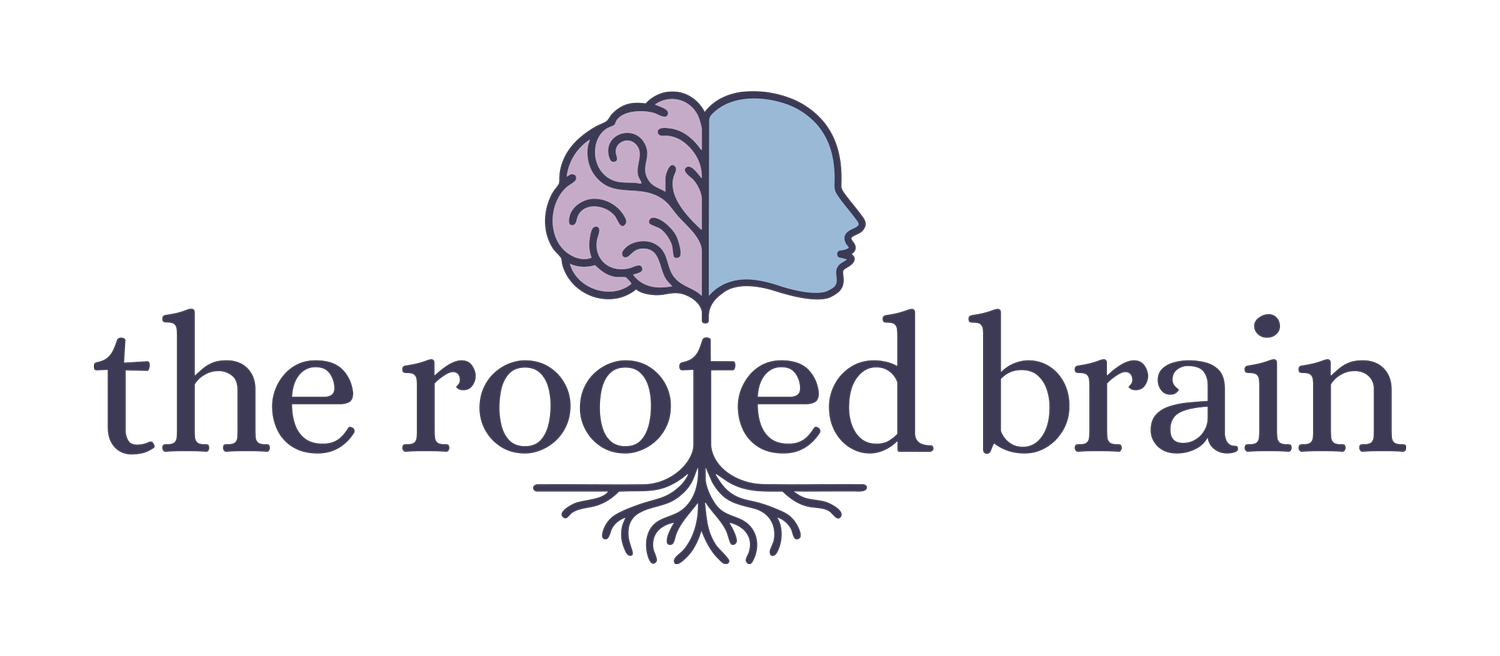
EMDR
Healing Where Talk Therapy Can’t Reach
Some wounds don’t live in words. They live in the body. Eye Movement Desensitization and Reprocessing (EMDR) is a therapeutic approach that helps individuals process and heal from past traumatic experiences. You may know you’re safe now, but your nervous system keeps reacting like you’re not. EMDR therapy helps the brain process stuck trauma and shift patterns that talk therapy alone can’t always reach. At The Rooted Brain, EMDR is adapted for neurodivergent brains and sensitive nervous systems. This isn’t about pushing through—it’s about moving at a pace that honors your story and how your brain holds it.
I take my time with using EMDR and anytime when I’m working with trauma. You will never be rushed, and you’ll always have a say in the pace, focus, and tools we use.
What to Expect
Trauma Processing with Structure and Safety.
Eye Movement Desensitization and Reprocessing (EMDR) is an evidence-based modality that helps your brain reprocess distressing memories so they no longer hijack your present. It uses bilateral stimulation (eye movements, tapping, or sound) to support nervous system integration. We will spend a significant amount of time developing safety, emotional regulation techniques for when things get overwhelming in and out of session, and installing resources to promote autonomy and safety; all before starting trauma processing. EMDR does not have to be a standalone treatment either - it can be integrated into other sessions or broken up by talk therapy to verbally process things that come up.
This Approach Is Especially Helpful For
ADHDers, autistic adults, and other neurodivergents who often get overwhelmed by social situations, routine tasks, or negative self-talk
Highly sensitive or dissociative folks needing slower, titrated processing
Queer, trans, and ENM individuals healing from trauma in non-affirming systems
Adults with complex trauma (C-PTSD) from childhood, emotional neglect, or chronic self-doubt
People with medical trauma, religious trauma, sensory overwhelm, or shutdown responses
The EMDR Process Includes
Building safety and regulation tools before any trauma work begins
Identifying root memories, triggers, or body responses
Processing past, present, and future distress with guided bilateral stimulation
Integrating new insights, beliefs, and body-based shifts
Reclaiming your nervous system’s capacity for peace, connection, and aliveness
You’ll Leave EMDR Therapy With
Less reactivity around old pain and triggers
More access to calm, connection, and present-moment safety
A felt sense that the past is truly in the past
Increased self-trust and nervous system resilience
Resources to regulate through typically overwhelming experiences
